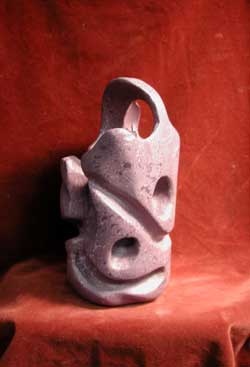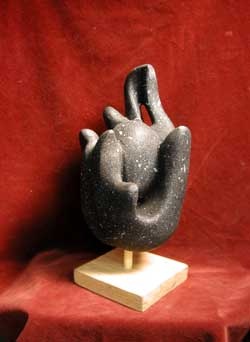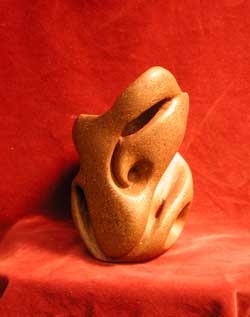Overall Goals
- Create positive and negative space
- Interesting “in the round“
- Flowing design that has personal symbolism
- Variety of carving techniques
- Clean application of paint
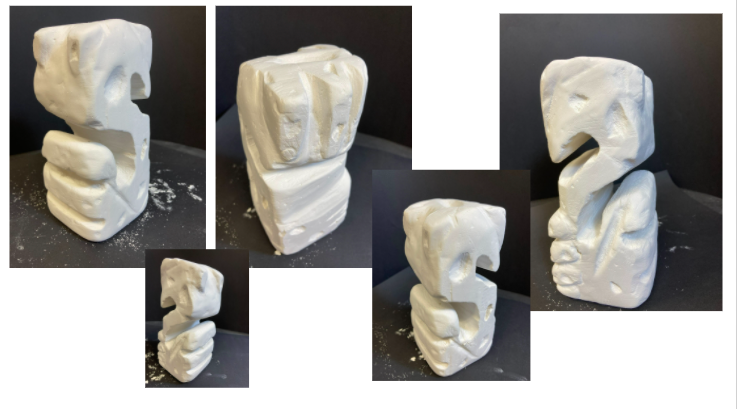
Subtractive Sculpture Prep
Thinking, planning, designing, and research
No matter how abstract the sculpture the origin is a natural form that contains personal symbolism.
Formative Assessment:
Do this in your Sketchbook and then photograph it for your Process Portfolio/Sketchbook
| 1. Where is your inspiration coming from? Choose an approach to research. Your responses can be both written and drawn: | |
| Abstract: Use Google Arts and Culture to research some Abstract Sculpture Artists. Gain inspiration for your design or research that will help inform your sculpture and briefly write about it in your sketchbook. What type of symbolism/shapes did they use to convey their message? Are they geometric or organic. Are they totally abstract or are there some hints as to what the sculpture is?Here are some Artists to research: Jean Arp, Henry Moore and Barbara Hepworth | Indigenous Inspired: Spirit Animal, Tikis or Totems/Maori inspired: In your sketchbook:Research the symbolism used by the indigenous people you choose. Include either printouts or make sketches of some of your favorite totem poles. What cultures make them? If you choose this, you are looking to that culture for inspiration rather than appropriation. You will make it your own. |
2. Come up with an idea for your sculpture to be based on. It could be on an emotion, belief, experience, etc. Use your inspiration and research from question 1 to help inform your choices. Describe it in your sketchbook.
3. Draw your sculpture from the front, back, top, and sides (making in interesting from all angles).
4. Write down what type of symbolism you used and from which cultures/artists is it developed or some other source (personal experience, one's own culture).
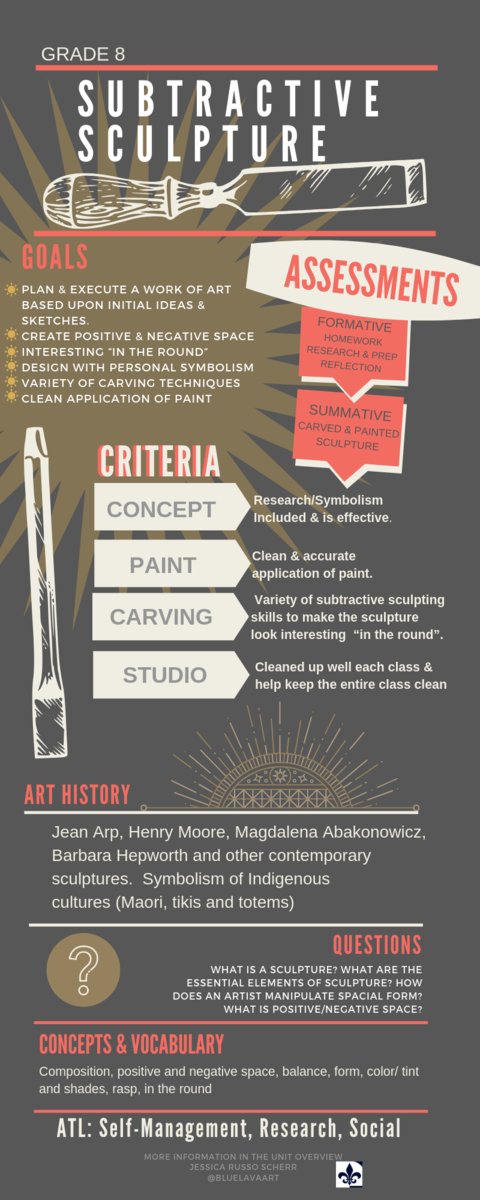
More Student Examples
